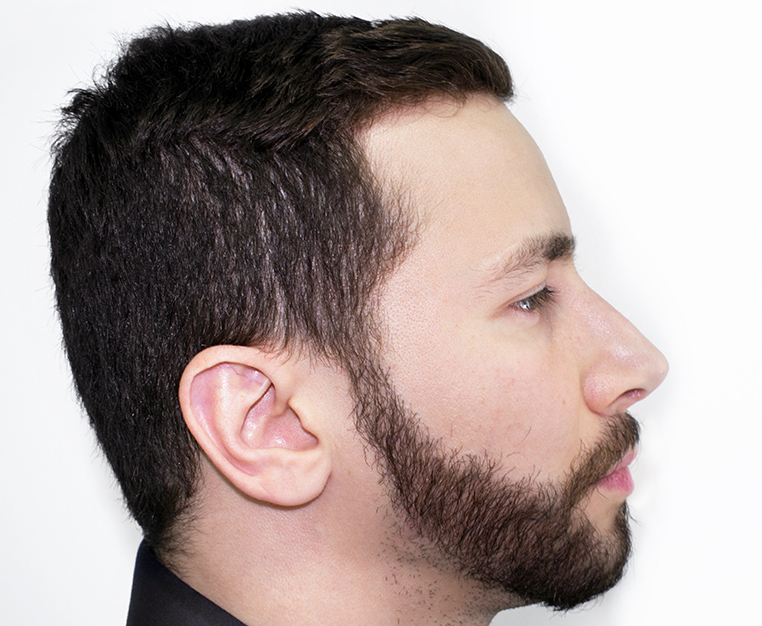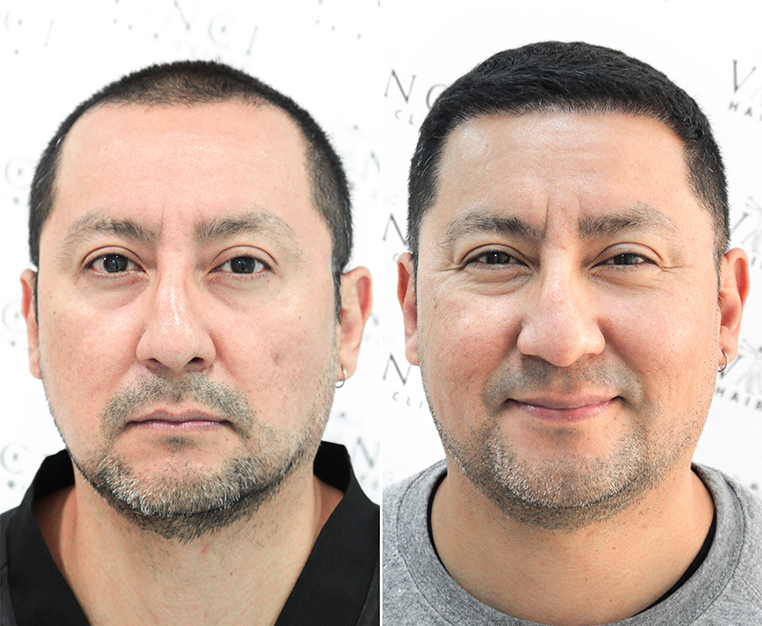It’s never going to be a good day if you learn that you’re suffering from alopecia areata, the autoimmune condition that causes hair loss. The only silver lining to what is an otherwise jet-black cloud is the fact that the hair loss is reversible in most cases; once the cause of your hair loss is addressed, your hair will usually grow back.
That’s not the case with scarring alopecia. With this type of alopecia, the hair loss is often permanent. That’s why it’s important to understand why this condition arises. More specifically, it’s crucial to know whether there are some haircare practices that might be contributory factors to scarring alopecia. If you know the dangers, you’ll also know how to avoid them.
Scroll down to find out more!
What is Scarring Alopecia?
The medical term for scarring alopecia is cicatricial alopecia. Put simply, it is a collection of inflammatory conditions that attack hair follicles. These conditions have different characteristics, but they all share the capacity to lay waste to your hair follicles and cause irreversible hair loss in the process. It is estimated that about 3% of people experiencing hair loss have cicatricial alopecia.
The scarring referred to is not visible on the sufferer’s scalp, as the damage done to the hair follicles happens beneath the skin. When this occurs, there may be noticeable signs of inflammation in the form of redness, scaling or pigmentation.
What Causes it?
It’s fair to say that the jury is still out on the causes of scarring alopecia, but there is consensus around the fact that inflammation is central to the problem. This may be caused by abnormalities in the proliferator-activated receptor (PPAR), a receptor protein with a key part in regulating hair follicle cells. When this PPAR stops functioning effectively, it causes problems in the sebaceous glands attached to the hair follicles. This leads to the build-up of toxic lipids and causes an inflammatory response by the body’s immune system.
While there is little one can do about malfunctioning receptor proteins, there are other causes of scarring alopecia that may be within our control. These include some haircare habits that have been blamed for the condition in the past. Let’s take a closer look at these.
Hot Comb Alopecia
Hot Comb Alopecia was first diagnosed in African American women in the 1960s. The condition was thought to arise from the oil pomades and hot combs used by Black women to straighten their hair. The theory was that the oil inflamed the area around the hair follicles and caused patchy hair loss.
Six decades down the line, we know that the inflammation may not be linked to this particular haircare practice. That’s why hot comb alopecia is now more properly referred to by different names, such as follicular degeneration syndrome, central progressive alopecia and central centrifugal cicatricial alopecia.
Excessive use of oil pomades and hot combs can still cause irritation and inflammation on the scalp. It may even lead to patchy hair loss. This hair loss is temporary, however, so long as it’s spotted early and the damaging haircare regime stopped.
Hair Relaxants
Scarring alopecia has also been blamed on hair relaxers. These products provide a quick and effective way of straightening the hair, but the process is not without its side effects. These are due to the presence of sodium hydroxide, a chemical also found in oven cleaners and paint thinners. This can cause burns to the scalp and leave lasting damage.
These issues tend to arise when hair relaxants are used at home without professional supervision. If you are determined to do it yourself rather than attending a salon, take some precautions to keep your hair and scalp healthy. Apply a protective layer of petroleum jelly to your scalp before you start. Additionally, do not leave the hair relaxant on your hair for longer than the recommended time, and remove it immediately if you feel a burning sensation.
Traction Alopecia
Tight hairstyles have long been known to cause problems. Braids, buns, ponytails and cornrows can lead, if maintained over a long time, to hair breakage and hair loss. Hair loss because of traction alopecia is reversible if caught in time. The simple solution involves wearing the hair in a looser style.
However, persisting in wearing the hair in a tight style can lead to a more permanent form of hair loss due to scarring. This risk is increased if the tight hairstyle is combined with some other form of treatment such as chemically straightened hair.
Conclusion
Sometimes it seems like your hair is being attacked from all angles. That’s why you don’t want to be adding to the problems by following damaging haircare practices. As we’ve seen, some hairstyles and hair straightening processes can cause problems if done to excess or over a prolonged period.
If you’re worried about hair thinning or hair loss, Vinci Hair Clinic is here to help. We offer a free, no-obligation consultation to all our new clients. Get in touch and book your appointment today – we have clinics worldwide!





